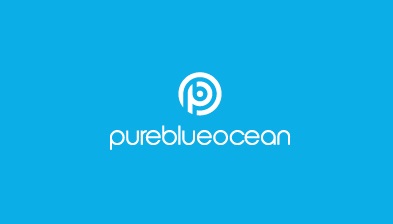
Description
Storytelling or Selling?
We are more likely to retain information through the form of storytelling than if we are presented with the facts alone. Creating a powerful story provides a narrative that listeners and/or readers can follow, engage with, and therefore more likely to remember and buy into. The art of storytelling dates to Ancient Greece and Aristotle setting the premise of a framework of storytelling that we follow today, such as ensuring we have an introduction a middle and an end; but also ensuring we have a solid plot, identifiable and lead characters, and an overall message and theme. This principle of storytelling can also be effectively applied in how we sell. With the character being our brand or service, the introduction being how we tee up the plot by providing market dynamics or consumer/shopper insight, and a middle which provides the narrative detail and answer to the introduction and of course the end, being the close. A powerful example of this is Joshua Glenn’s and Rob Walker’s ‘Significant Objects’ where they conducted an experiment in the relationship between narrative and value. The hypothesis: Stories are such a powerful driver of emotional value that their effect on any given object’s subjective value can actually be measured objectively. To test this theory, they bought 100 random items on E-bay for $129. They then asked 100 writers to write a story about each of those items. They re-listed them and sold the same 100 items for $4000! Not a bad return! Why did they sell for more? Because a story gave the items a personality or context that buyers buy into or have affinity with and created a desire to want it. Here at Pure Blue Ocean, we support many businesses in creating a story rather than a selling pitch. All too often we come across sell in decks that have 100 PowerPoint slides, 95 of which aren’t relevant or don’t have a purpose other than to tell the buyer lots of insights that don’t provide the reason why they should buy the product or service. If planned correctly, using our selling story framework, you can create a compelling sell in presentation in 10 or so slides. Using impactful headlines for each slide also ensures you are telling the story in a logical flow and provide a narrative that engages throughout. By planning your story, considering all the main elements, you can create a story that people buy into, and you are more likely to have a successful outcome. So make sure you tell a story, rather than give a hard sell, we know it will make your job a whole lot easier! If you would like to find out more about Storytelling, or would like to know more about our Storytelling programme, please contact us at: help@pureblueocean.comInfo
-->





